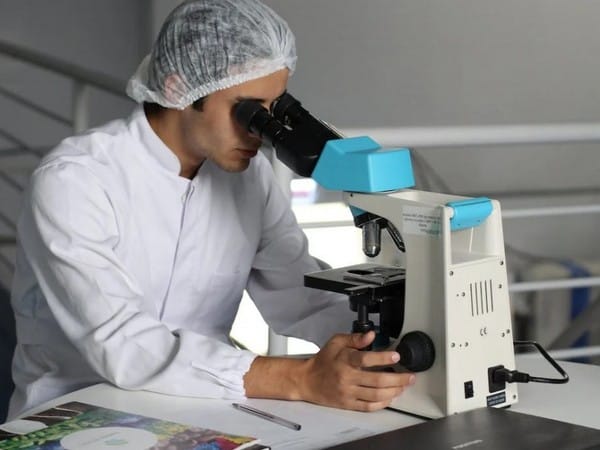New Jersey [US], August 22 (ANI): Scientists at Rutgers University have developed a highly accurate process for producing coatings of biologically active compounds for a variety of medical devices. According to the researchers, such technology might pave the way for a new era of transdermal treatment, including shot-free vaccines.
Researchers described a novel technique for electrospray deposition, an industrial spray-coating process, in Nature Communications. Essentially, Rutgers researchers devised a method to better regulate the target region within a spray zone as well as the electrical properties of small particles being deposited. The better command of these two features, the more likely it is that the spray will strike its microscopic target.
In electrospray deposition, manufacturers apply a high voltage to a flowing liquid, such as a biopharmaceutical, converting it into fine particles. Each of those droplets evaporates as it travels to a target area, depositing a solid precipitate from the original solution.
“While many people think of electrospray deposition as an efficient method, applying it normally does not work for targets that are smaller than the spray, such as the microneedle arrays in transdermal patches,” said Jonathan Singer, an associate professor in the Department of Mechanical and Aerospace Engineering in the Rutgers School of Engineering and an author on the study. “Present methods only achieve about 40 per cent efficiency. However, through advanced engineering techniques we’ve developed, we can achieve efficiencies statistically indistinguishable from 100 per cent.”
Coatings are increasingly critical for a variety of medical applications. They are used on medical devices implanted into the body, such as stents, defibrillators and pacemakers. And they are beginning to be used more frequently in new products employing biologicals, such as transdermal patches.
Advanced biological or “bioactive” materials – such as drugs and vaccines – can be costly to produce, especially if any of the material is wasted, which can greatly limit whether a patient can receive a given treatment.
“We were looking to evaluate if electrospray deposition, which is a well-established method for analytical chemistry, could be made into an efficient approach to create biomedically active coatings,” Singer said.
Higher efficiencies could be the key to making electrospray deposition more appealing for the manufacture of medical devices using bioactive materials, researchers said.
“Being able to deposit with 100 per cent efficiency means none of the material would be wasted, allowing devices or vaccines to be coated in this way,” said Sarah Park, a doctoral student in the Department of Materials Science and Engineering who is the first author on the paper. “We anticipate that future work will expand the range of compatible materials and the material delivery rate of this high‐efficiency approach.”
In addition, unlike other coating techniques used in manufacturing, such as dip coating and inkjet printing, the new electrospray deposition technique is characterized as a “far field,” meaning that it doesn’t need highly accurate positioning of the spray source, the researchers said. As a result, the equipment necessary to employ the technique for mass manufacturing would be more affordable and easier to design.
Other Rutgers scientists in the study included professors Jerry Shan and Hao Lin, former doctoral students Lin Lei (now at Chongqing Jiaotong University) and Emran Lallow (now at GeneOne Life Science, Inc.), and former undergraduate student Darrel D’Souza, all of the Department of Mechanical and Aerospace Engineering; and professors David Shreiber and Jeffrey Zahn, doctoral student Maria Atzampou, and former doctoral student Emily DiMartini, all of the Department of Biomedical Engineering. This work was supported by GeneOne Life Science, Inc. (ANI)
This report is auto-generated from ANI news service. ThePrint holds no responsibility for its content.






